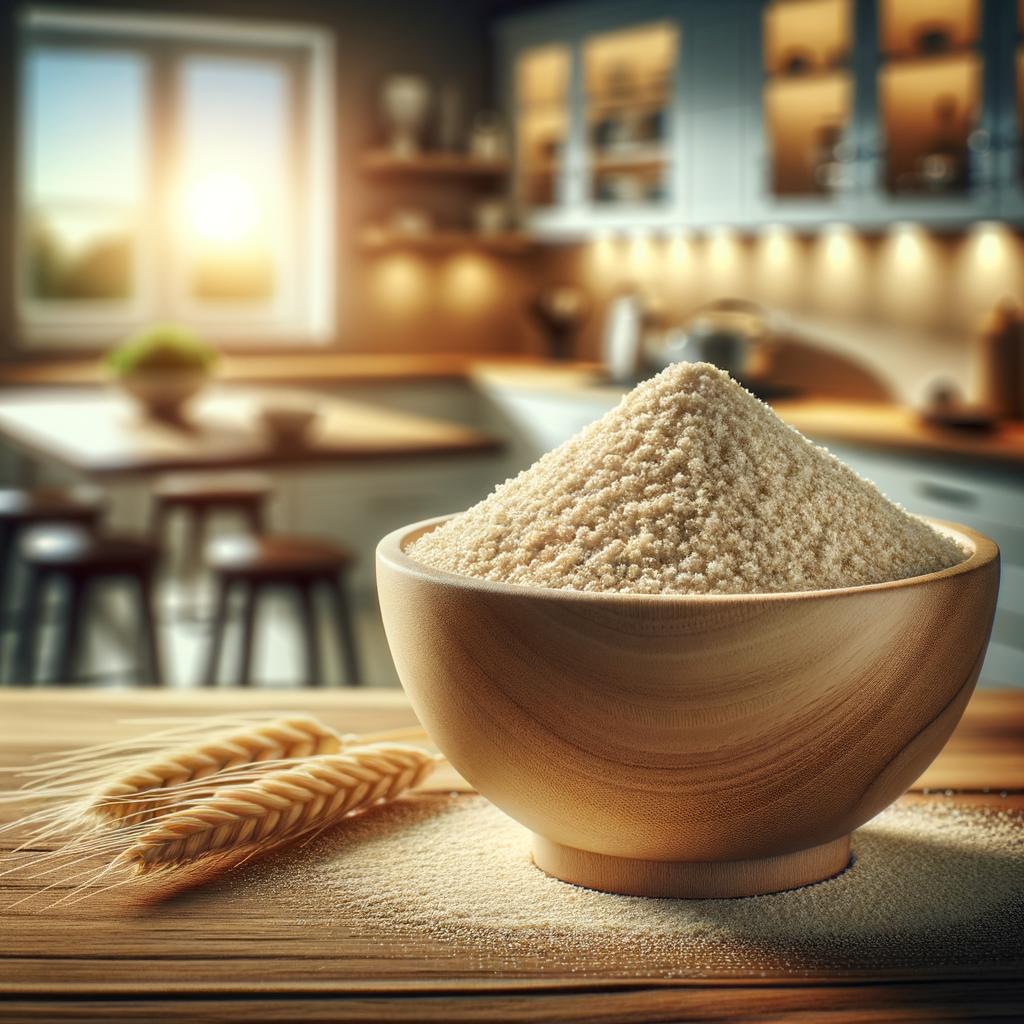Dry Yeast

Description
Dry yeast, a magical ingredient that has been the backbone of baking for centuries, is a marvel to behold. It's a fine, granular substance, often a light beige in color, with a texture akin to soft sand. It has a distinctive, earthy aroma that is both pleasing and comforting. When it comes to flavor, dry yeast is relatively bland on its own, but once activated, it develops a subtle yeasty, slightly sweet taste. The unique characteristic of dry yeast is its ability to lie dormant until awakened by warm water, a dash of sugar, and time, then spring to life, transforming dough into fluffy, aromatic bread.
Primary Uses
Dry yeast is a quintessential ingredient in the world of baking, used primarily to leaven bread and other baked goods. Its culinary applications span across cuisines worldwide, from the crusty baguettes of France, the soft naan bread of India, to the sweet cinnamon rolls of America. In brewing, it's used to ferment sugars into alcohol, giving us beverages like beer and wine. Interestingly, it also has non-culinary uses, such as in science education to demonstrate the process of fermentation and cellular respiration.
History
The history of yeast is as old as the history of bread itself, dating back over 4,000 years. It was discovered accidentally when dough left out overnight naturally collected yeast from the air and rose. This discovery revolutionized baking, and yeast has been a staple ever since. Over time, the process was refined, leading to the development of dry yeast in the late 19th century. This form of yeast could be stored for longer periods, making it more accessible to home bakers. There are many stories associated with yeast, like the tale of the Egyptian slaves who, in their haste to escape, didn't have time to let their bread rise, leading to the creation of unleavened bread.
Nutritional Information
Despite its small use in recipes, dry yeast is a powerhouse of nutrition. It's rich in B vitamins, including thiamine, riboflavin, niacin, and folic acid, which are essential for energy production and nervous system health. It also contains minerals like iron, magnesium, and zinc. Regular consumption of yeast can aid digestion due to its high fiber content. However, those with yeast allergies or sensitivities should avoid it. Compared to fresh yeast, dry yeast has a longer shelf life and is easier to store and use, making it a convenient and nutritious addition to any kitchen.

